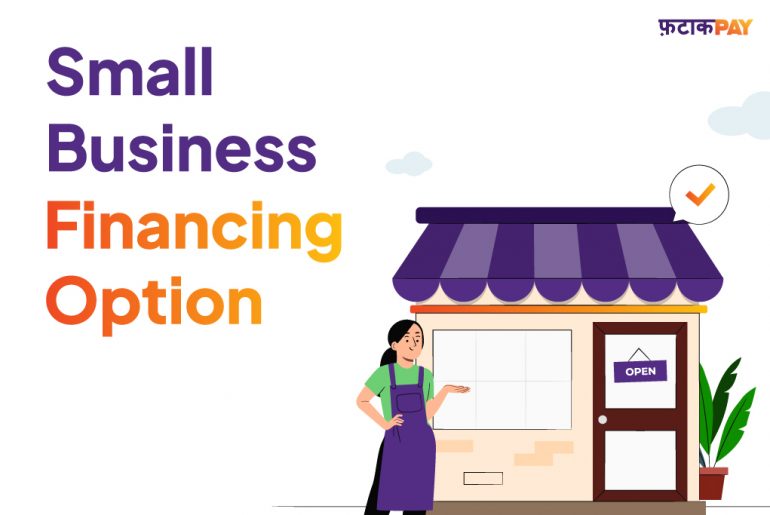If you have financial planning, any financial emergency won’t be a problem. For instance, if your car broke down unexpectedly at the end of the month when most people are short on cash, you would already have an emergency fund and be able to fix it immediately without worrying about money, and emergency funds is only possible with proper financial planning .
One of the things you should keep in mind while Financial planning is your cash flow. Keep track of how much your salary goes for luxuries vs. housing and utilities. Even a slight change can be worth considering, like transferring the money you spend on a daily cup of coffee to a separate savings account.
Keep close tabs on your finances using your online or mobile banking. This blog will cover how to establish a proper financial planning in great detail.
Create emergency funds:
When money is tight, emergency savings can be handy. Let’s say you have a financial emergency at the end of the month, such as paying for medical expenses, education expenses, or car repairs. If you have emergency cash, you can deal with these situations efficiently.
There are a few ways through which you can start creating emergency funds:
Decide on a goal amount:
- Consider your monthly expenses of 15,000 Rupees, including rent, electricity bill, groceries, insurance, and other essential bills.
- After that, increase that sum by the number of months you intend to cover, 15,000 Rs. multiplied by six months becomes 90,000 Rs.
- The determined amount is your intended emergency fund objective.
Establish a Budget:
- Make a detailed budget that includes all your income and expenses, including maid services, presents, and optional spending like rent (if applicable), groceries, school costs, transportation costs, and energy and gas bills.
- Find areas where you may save costs on optional spending, such as travelling by public transportation or walking if the location is close by, as opposed to renting a cab.
- Your emergency fund will get a boost with more funds.
Create a Different Savings Account:
- To assist you in utilizing your emergency fund for things that aren’t emergencies, consider opening a separate savings account exclusively for this purpose.
- Create a savings account with rates comparable to those offered by other financial institutions to aid in the long-term expansion of your investment.
Schedule for automatic transfers:
- Set an automated transfer from your primary checking account to your emergency savings account.
- It would be best to keep adding money to your account by treating this transfer like a monthly charge.
- This method will be helpful if you ever need more cash.
Small but consistent start:
- Don’t be upset if you struggle to save the entire amount you have put aside. Start with a small amount and gradually increase it as your financial situation improves.
- Start saving, for instance, 100 rupees daily, which equals 3,000 in a month and 36,000 in a year.
Construct a Safety Net for Money:
Consider setting up sufficient insurance coverage in addition to an emergency fund. You will be assured even in unforeseen financial hardships by purchasing health, life, disability, vehicle, and home insurance.
If you never need to use this insurance for emergencies in the future, you will eventually receive your invested funds back. The length of time depends on the insurance firm. Frequently review your insurance coverage to make sure it meets your current needs.
Continually Boost Your Financial Education:
The ability to navigate economic uncertainty is made possible by financial literacy. Keep up with market developments, investment opportunities, and personal financial tactics. You can refer some of this options for financial information: Mint, Business Standard, Bloomberg.
Read online publications, and consider following people who you believe to be knowledgeable. For tailored advice, think about speaking with a financial expert.
If you keep up with this knowledge, you’ll know how to build excellent savings habits & where, when, and how to invest.
Conclusion:
Economic uncertainty is unseen it can be difficult to manage unless you already have all the planning you need in emergency. You can secure your financial future by taking a few steps discussed in this blog about Financial planning and keeping yourself updated on financial information.
You can manage financial volatility with confidence and peace of mind by taking charge of your money and making well-informed decisions.
Additional links:
Thank you for reading our blog! We hope you are able to apply these learnings 🙂. If you enjoy reading our blogs you can check out some other blogs/LinkedIn articles.







